Secondary Operations for Molded Thermosets
What is required to produce an acceptable part with thermoset plastics or composites? Is a thermoset molded part ready to be packed or boxed right off the press as a thermoplastic molded part can? While thermoset materials give molded components additional performance benefits over thermoplastics, they usually require secondary operations to complete the parts prior to shipping to customers. Thermoset processors must be proficient and capable to handle an array of secondary operations to complete parts. Similar to thermoplastics, thermoset molded parts can be painted, pad printed, and tapped or threaded after molding, however there are also other potential secondary operations required to complete parts.
Required Secondary Operations – Deflashing
Each molded thermoset part is molded with excess flash. The excess flash is necessary in thermoset molding to properly fill parts with material and avoid short shots or parts with missing material. After molding, processors must clean off the excess flash, known as deflashing, either by using hand tools such as a file or ceramic knife or using automated tumbling equipment such as a wheelabrator, which blasts media on the parts to remove excess flash. Excess flash may be all around the part, or only at the parting line of the mold, so it is critical for thermoset molders to properly design molds with the appropriate amount of flash based on the part application.
Optional Secondary Operations
Whereas every thermoset molded part will require a deflashing operation, thermosets may also require optional secondary operations to finish parts or bring them into drawing specification prior to shipment. Optional secondary operations may include baking the parts in an oven after molding, knowns as post-baking. The post baking process can be done for various reasons including to outgas the molded parts, provide an additional cure on the part, and shrink dimensions to drawing tolerance. Molding thermosets allow for very tight plastic part tolerances, however if they require machined tolerances, the parts may need to machined, ground, or milled to spec after molding. Additionally, a thermoset part can be painted or pad printed, inserted or tapped with threads or a threaded insert. In some post-molded machining operations, parts may also need to be ultrasonically washed and dried prior to shipment to remove any dust, particles, or machining fluid on the parts.

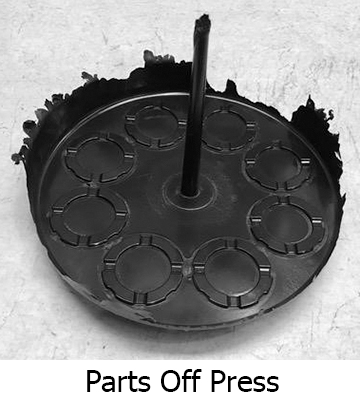
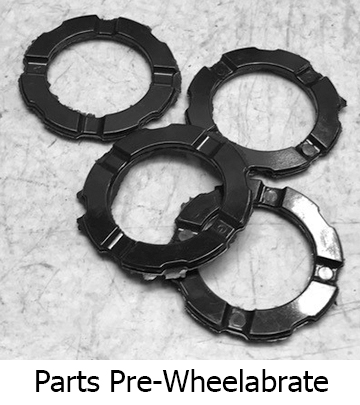
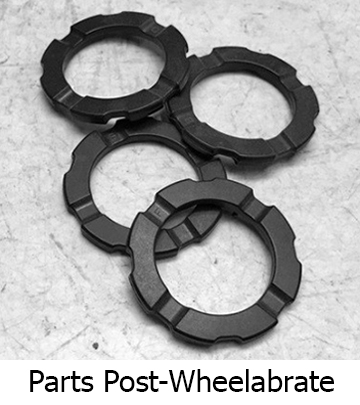
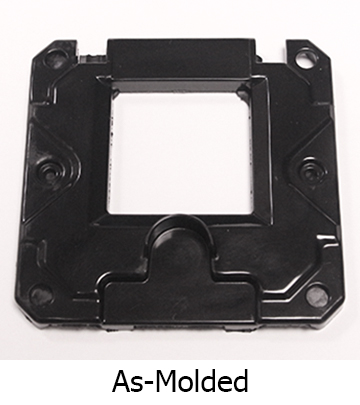
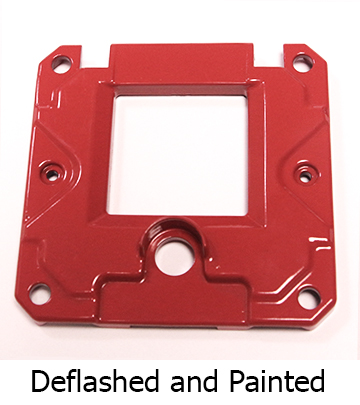

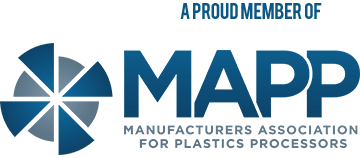
Comments are closed